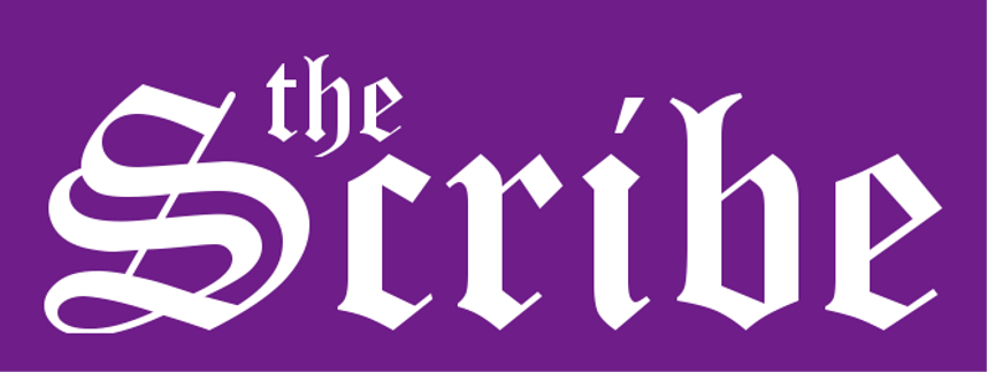Traditionally the benefits package that University of Bridgeport employees started with looked great. It often was a reason to work in academia. Not anymore.Over the last few years there was a 3% increase in salaries per year. Last year it didn’t happen.
For about the first five months in 2003, the school was deducting retirement funds from staff payrolls, a minimum of 3%, as agreed upon. However, the deducted amount was not being deposited into the designated educators’ retirement fund, in this case, TIAA-CREFF. That account partly being fixed interest account and partly a mutual fund.
Additionally, the school failed to contribute to the staff retirement accounts at the agreed upon amounts of 9.5 % of gross salary for faculty and 7 % for other staff.
School administrators did not notify staff or union representatives that the retirement funds deposits were delayed or that school contributions were missed.
The school’s chief financial officer, Tyler Kelsch, left the school in fall 2003.
Meanwhile, without saying where the money had been or why it was not deposited as it should have been, school officials promised to pay back, with interest, everything they owed the teachers and staff. The delayed payments were made on February 27, 2004.
Starting with the current fiscal year school administrators lowered to 4% from 9.5% its retirement contribution rate for nonunion workers. The school was bound to union contracts specifying a 7% retirement contribution rate.
Also in the current fiscal year, the school lowered its medical coverage payment to 50% from 75% of the premiums with the employee now paying the difference.
As is the case nationally, healthcare benefits have risen substantially. In the case of UB staff, not only are they paying a larger portion of their healthcare premiums, but the premiums have also increased from last year.
In an average example, in 2002, a salaried employee earning $50,000 per year, would have paid about $2,100 for healthcare benefits, but also received a 9.5% retirement contribution, resulting in a paper take home pay of $52,650.
Had that same salaried UB employee, a year later, received a 3% increase, his paper take home would have been about $54,292.
However, with changes in healthcare benefits co-pay, and decreased retirement contributions, that same UB employee this year will see a paper take home pay of about $47,800
It all boils down to about 12% pay cut. This percentage changes with the individual as the rules get more complicated, but roughly faculty members took a salary decrease of anywhere between 10% to 15%.
Any cut in pay or benefits would give even the longest term employees reason to doubt staying on board. A cut in the pay package of more than 10% must certainly set off the alarms. And a cut in a traditionally terrific benefits package takes away a strong incentive to work in academia here at the University of Bridgeport.
